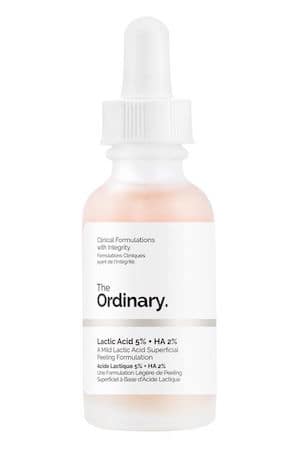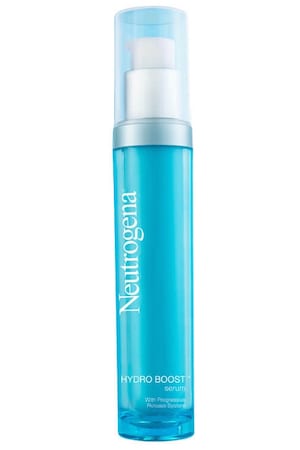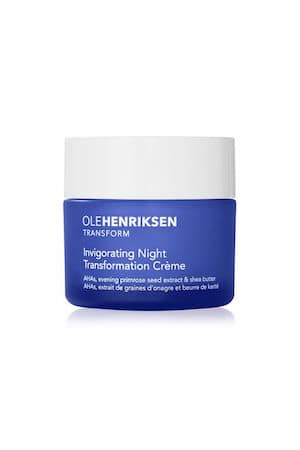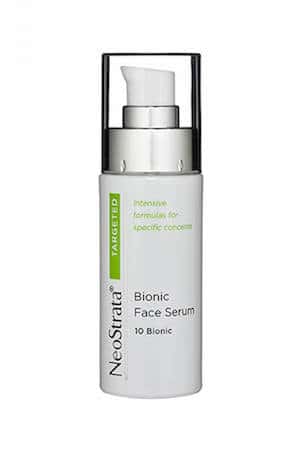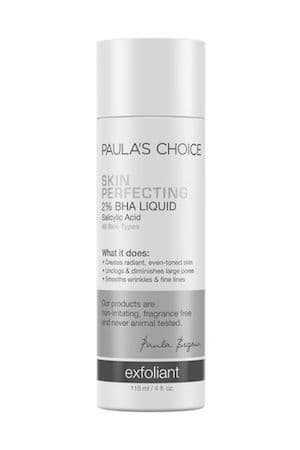
- Interviews
Interviews
INTERVIEWS
Inside the homes and beauty cabinets of inspiring and influential people
- CreativesHow to apply makeup like a makeup artist, the latest hairstyles from our favourite hair stylists and the latest beauty tips from the top beauty therapists.
- FoundersHow to start a beauty business and more. Beauty company founders share their must-have products alongside inspiring stories of how they made it.
- InfluencersBeauty tips and makeup tutorials from the biggest bloggers, vloggers, Instagrammers and website founders.
- Actors & Presenters
- ModelsBeauty tips and makeup tutorials from top models.
- Beauty & Style
Beauty & Style
BEAUTY & STYLE
Educate your beauty routine with expert tips, tricks and tutorials
- Wellness
Wellness
- Biohacking
- Mindset
- FitnessNothing makes your skin glow quite like a good exercise plan. Here we round up the latest Women’s fitness trends, workout gear, fitspo and body advice from personal trainers and industry experts to whip you into shape faster than you can swing a kettlebell.
- HealthBeauty starts on the inside, so we’ve rounded up the most skin-loving healthy recipes, diets, supplements, nutrition and healthy snacks. Whether you’re vegan, paleo, gluten free, dairy free, I quit sugar or just plain hungry, we’re serving you up.
- Destinations
Destinations
Travel
Beautiful travel destinations.
Beauty & Wellness Directory
Our directory of Australia’s best beauty and wellness destinations.
Travel
Beauty & Wellness
- Living
- Vodcast
- Sigourney's Edit
- About


